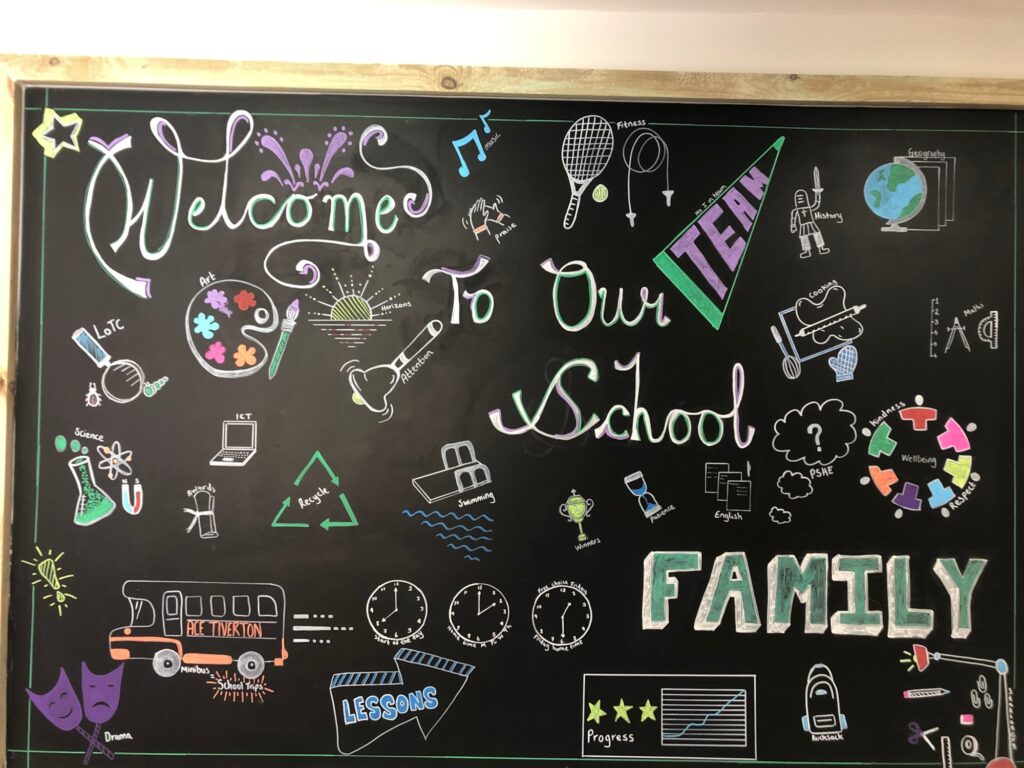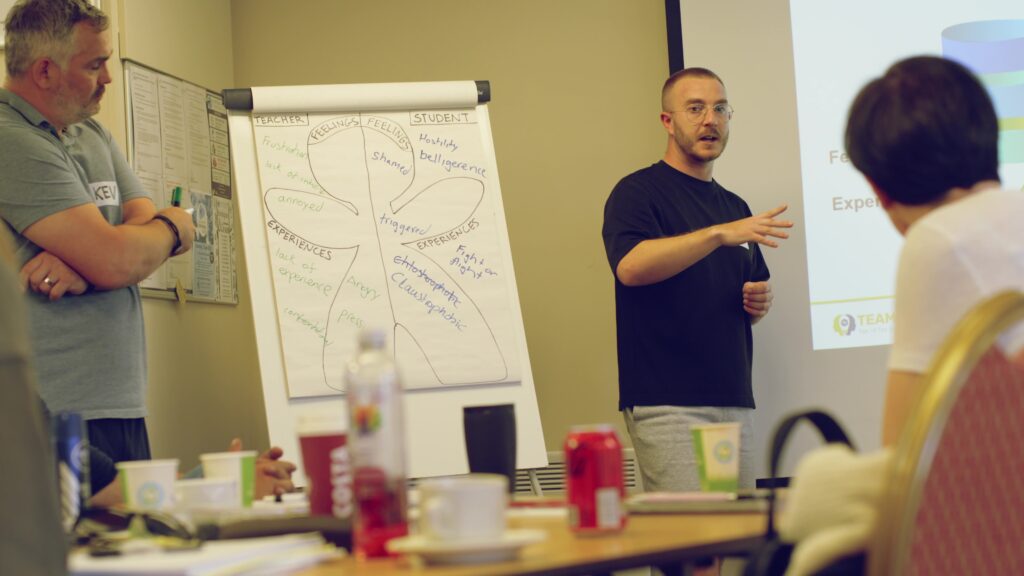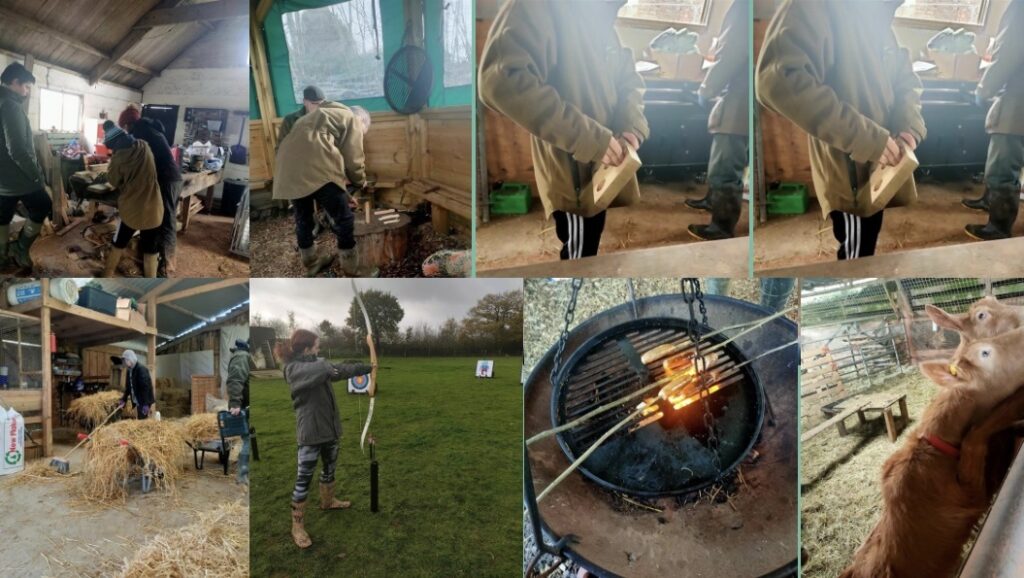Articles Success Stories: ACE Tiverton Special School


ACE Tiverton supports autistic young people aged between 11 and 16 years old, supporting their associated social, emotional, and mental Health (SEMH) needs. It is part of the Transforming Futures Trust.
The school is located in a rural town in Devon and students are taught in small groups allowing for personalised, differentiated learning.

ACE Tiverton’s approach to behaviour support is about relational practice. Hannah says, “We talk about the 95% of what we do; absolutely everything short of physical intervention. It’s all of those things that you need to consider and be aware of when working in our environment. It’s the look on your face, the tone of your voice, and even the perfume you’re wearing.”
Senior leaders at ACE Tiverton find that Team Teach training helps staff to remove disconnect between how teachers, support staff and senior leaders, as well as young people and their families, understand behaviour and how it should be supported.
Hannah explains, “We work together as a staff team to script conversations so we’re consistent. Ultimately, we also work on a process of debrief, reducing the need for physical interventions and the number of incidents we have, but also creating strong relationships with our young people.”

ACE Tiverton received a highly complex Year 7 cohort where the paperwork and transition plans just didn’t match up with what staff were seeing in the classroom. They realised that their current behaviour systems did not support the increased complexity of need they were supporting.
Staff at ACE Tiverton wanted to create a new behaviour and consequence structure that was co-created with the students, to ensure they understood it, engaged with it, and had a sense of ownership over it.
It was a challenge to manage the expectations of students, particularly around the level of personalisation that would be possible when creating new systems. As Hannah explains, “We had to think about what’s actually physically possible rather than just what we’d love to be able to offer.”
ACE Tiverton already had a successful student leadership structure, consisting of senior students, deputy senior students, and class reps, and systems in place to survey students, families and staff about behaviour on a regular basis. They used this to bring the students together to build a new behaviour and consequences structure and system that all the students agree to follow. This system follows the relational approach ACE Tiverton advocates, and considers cognitive demands.
The new behaviour system has been shared with families and the wider school community and is now fully embedded within the school. They have also created visuals and other resources, to ensure that every student understands and can engage with the process.
One of the challenges that the staff team faced was that students couldn’t see or understand the consequences of behaviour. The new system gave them security and an understanding of what would happen to repair and rebuild following an incident.
Importantly, the behaviour and consequence model is positive and relational. It tells students, “I see you, I connect with you, I attune with you, I like you, and I want to work with you,” Hannah explains.

Ace Tiverton are now developing how they work with families, building on their current approaches. As Hannah explains, “Families are very easy to work with, but it’s the time it takes.”
By working together to build stronger relationships with families, they hope to attune to them, build a shared language and understanding of behaviour, and work together in the best interests of their students.
Post Rating
You must be logged in to vote.
To view this content, you must have active Team Teach certification. Please register or log in and check your certificate number is added to your profile.
The Team Teach Knowledge Hub is a global community containing content from around the world. Please exercise your professional judgment to determine the appropriateness of any of our resources for your specific sector and geographic region, and be aware of the applicable laws and guidelines governing your organisation.